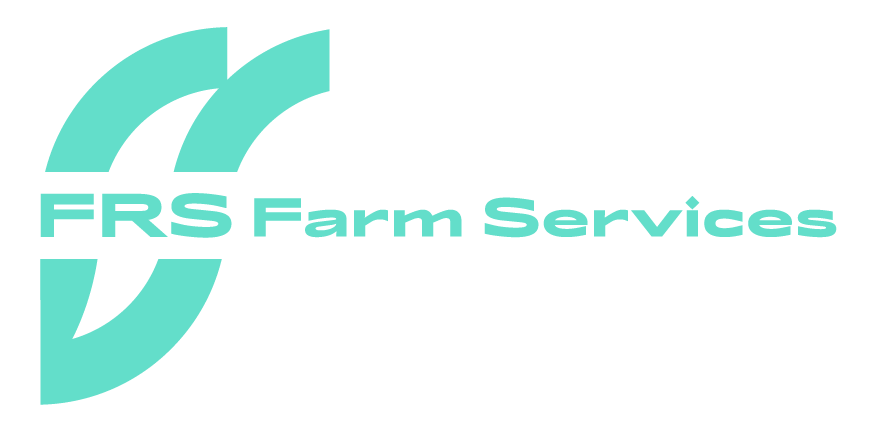With wet weather hitting nearly all parts of the county in recent weeks, farmers have been turning their attention to bringing cattle in off the land. As grazing conditions are deteriorating, farmers have no other option but to bring animals in for winter housing.
Accidents Can Happen
Every year, incidents involving livestock account for a large proportion of farm accidents. Farmers, farm workers and family members can suffer from a number of injuries including broken or cracked bones, pulled muscles or bad bruising. However, grim statistics from the HSA show a number of fatalities as a direct result from animal handling. In the last 10 years almost 20% of fatalities involve livestock and over 60% of that figure is from attacks. Planning in advance and ensuring facilities are in working order can help prevent accidents.
Think & Prepare
When moving cattle, always have an experienced helper. Take time to explain to them where cattle are being moved to, where the escape routes are and any other details they should know. If you are moving animals on a public roadway, get extra help.
Every farm that handles cattle should have good handling systems and ensure they are in working order. Having the right facilities on farms can play a major role in preventing accidents. Handling facilities should allow for an unobstructed flow of movement from the pen to the forcing pen, the race, and then into the crush.
Ensure all gates are hung properly and the ground is clean to avoid slips. If a farmer has an anti-slip mat in place, it should be secured to the ground.
Safety When Loading
Many injuries also arise from loading or unloading cattle. Animals being transported or moved may react unpredictably and cause injury. A suitable ramp is essential for safe loading of animals in trailers or trucks. All ramps must have strong and secure gates that operate freely and lock in when closed.
Cattle will generally dislike being loaded into a trailer or truck. Watch for those trying to escape to the side. Keep cattle as relaxed as possible. Those loading the cattle must remain patient and allow a good length of time for the task. Always plan to move animals in day light.
Take care when closing the gates and ramp as this is a common time for kick or push backs from animals to occur. Stand to the side to close the ramp and get extra help to avoid a back injury.
When lowering the ramp, step aside in case a stampede occurs. Do not rush animals down the ramp as this may cause injury. They will come down in their own time.
When moving cattle into the shed for the winter, it is important to identify any cattle that show signs of aggression. Animals that attack once are more likely to do it again. Take this opportunity to remove them from the herd to create a safer working environment.
FRS Farm Relief are currently recruiting full time and part time operators. If you are interested in becoming an FRS operator visit www.frsfarmrelief.ie/careers and fill out an application form online or alternatively call your local FRS office.
